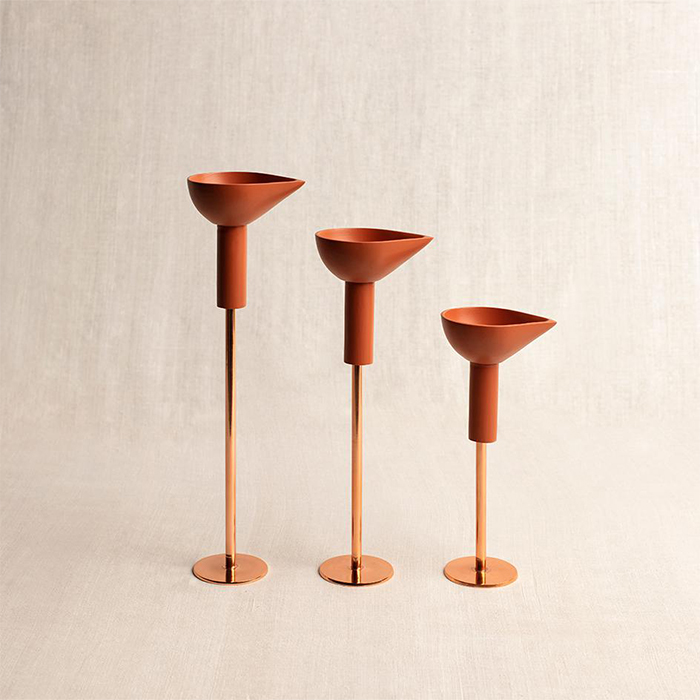Maison & Objet 2014: Glass
Exploring the integration of history in contemporary design in glasswork at the Paris design fair

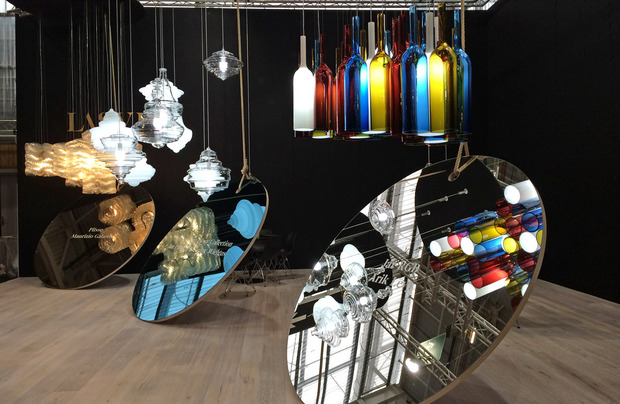
When considering the work of glass, two places in the world are famous for the refinement of the tradition: the Czech Republic’s Bohemia region and Venice, Italy. While tradition is often a source of inspiration, we are in an era in which tradition often collides with innovation—blending the wisdom of yesteryear with designs and techniques that are entirely forward-thinking. Three companies showcasing at January’s Maison & Objet—the Parisian bi-annual interior design fair—especially stood out for their work with glass.
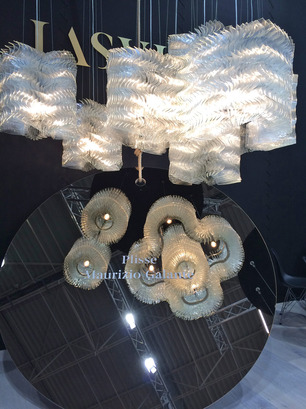
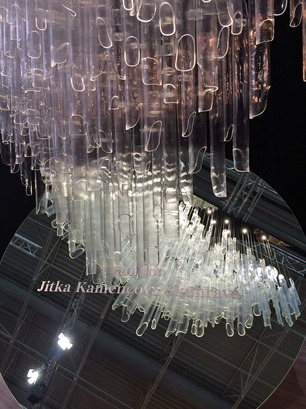
Renowned Czech glass studio Lasvit caught the attention of every passerby with their elaborate exhibit. The monumental lighting suspensions hanging above round mirrors reflecting the inside of the pieces were difficult to ignore. There is a long history in the Czech Republic (and in Bohemia) of mastery in glasswork and crystal craftsmanship. Confident in the tradition of outfitting palaces, opera houses and other high-minded venues, the company continues to pursue magnificence. Considering all of Lasvit’s pieces are handblown and hand-cut, and that their ceiling lights are commissioned by a celebrated designer, it is not surprising that they are well-respected and consistently impressive. Aside from the collections, the company offers bespoke installations and modular systems for architecture including impressive facade panels.
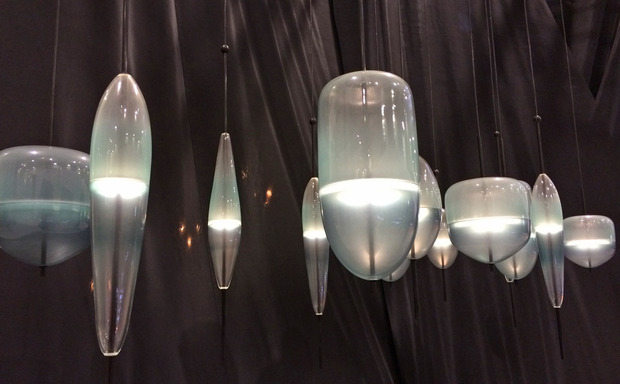
Also famous for its refined glasswork, Venice continues to be a hotbed for talented artisans for forward-thinking collections. Wonderglass was founded in 2013 with the aim of reviving the historical beauty of Venetian glass—offering dream-like suspended lamps. For their first exhibition after the 2013’s Milano Salone, the young company came to Maison & Objet with four beautiful lighting suspensions, all inspired by Venice. The “Masquerade” chandelier—designed by Jaime Hayon and inspired by the famous Venetian masquerade balls—is made of Murano-blown glass. Perhaps the most striking piece, “Flow(T)” was created by the designer Nao Tamura. Avoiding the usual shiny and sparkling effect, it is heavy on shades and softer tones, erasing the transparency of the glass, making it appear milky. It was inspired by the Venetian lagoon and the reflections of the cityscape glistening on the evening water.
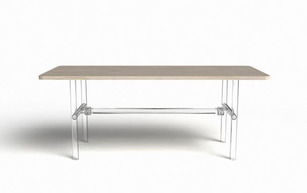
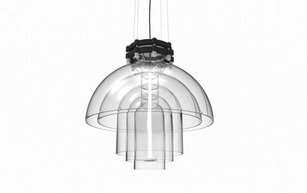
Another Czech company, Studio Deform, created a modern furniture collection, called “Transmission” for Kavalier Glass. The pieces—a dining table and space-age chandelier—are created using a special welding technique and are made from prefabricated Simax glass. The design duo’s experimental lamp, which plays on the Olympic Rings, has gotten a lot of attention in the design realm, but we were particularly taken with the dining table, which has a decidedly modern and minimal aesthetic, an yet seems rooted in tradition.
Maison & Objet finished today, 28 January 2014, at Paris Nord Villepinte.
Studio Deform images courtesy of the brand, all others by Isabelle Doal
